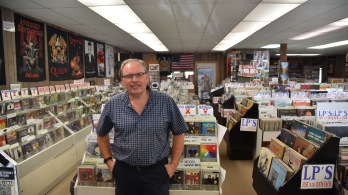The IPFW split has resulted in a series of changes to its campus, one of the most notable being the rebranding of IPFW Athletics into Fort Wayne Athletics.
Fort Wayne Athletics held their third-annual Mastodon Run 4 Scholarships Sept. 10 at the IPFW Gates Sports Center to raise funds for its 14 NCAA Division I teams.
IPFW athletics budget laid out. @IPFWnews @IPFW @GoMastodons @JGfortwayne https://t.co/CY1fyRgAxo
— IPFW News (@IPFWnews) August 29, 2017
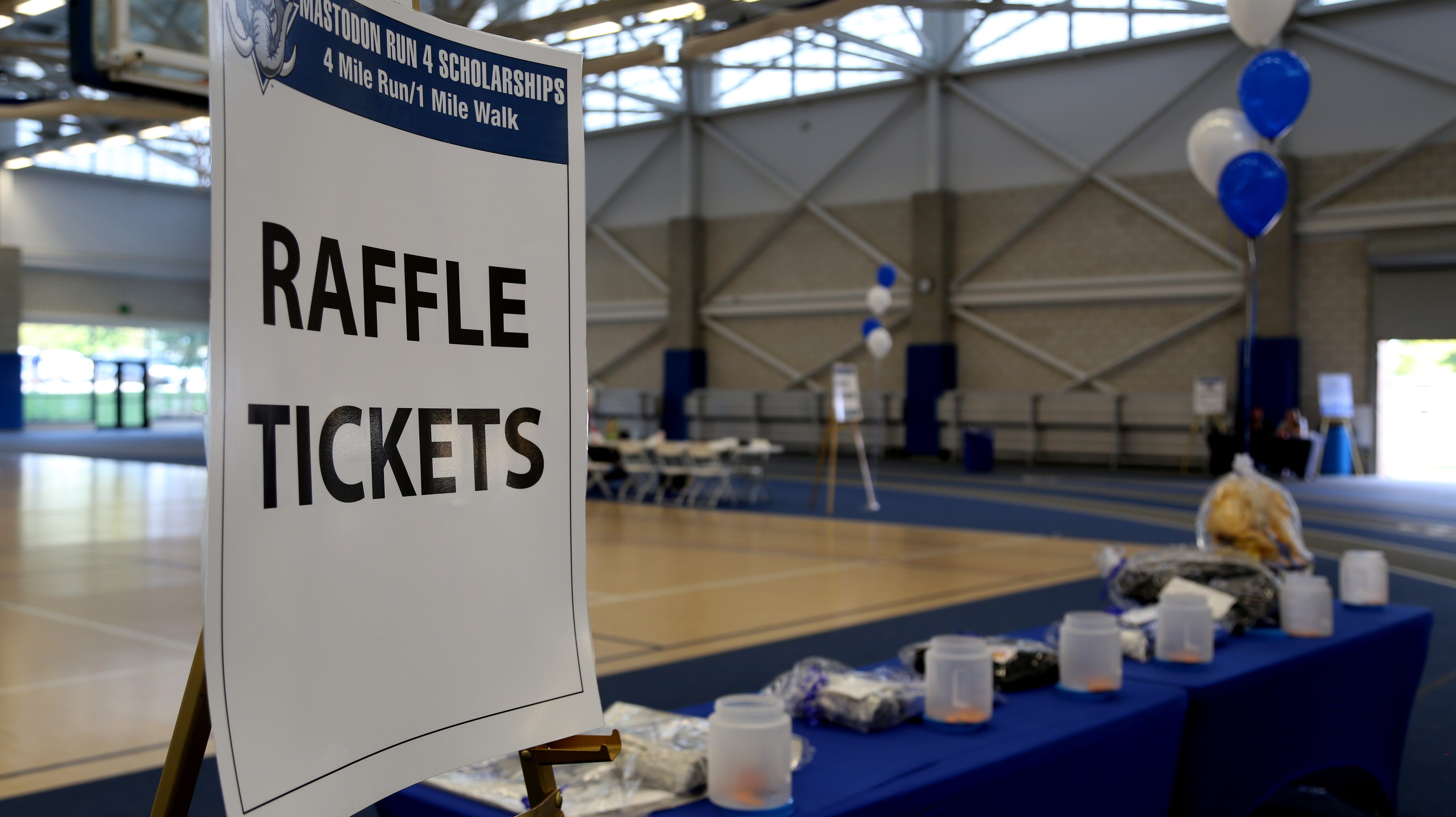
JW Kieckhefer, assistant coach for Fort Wayne Men’s Volleyball, said that it is important to raise money for athletics scholarships, considering the national trend of rising tuition. Funding student athletes helps the teams stay competitive while costs increase little by little, he said.
As reported by Forbes, in the last two decades tuition costs have risen to double their starting amount. According to the US department of Education, by 2030, the annual cost of public tuition will average $44,047, putting the total cost for a four-year degree at over $205,000.
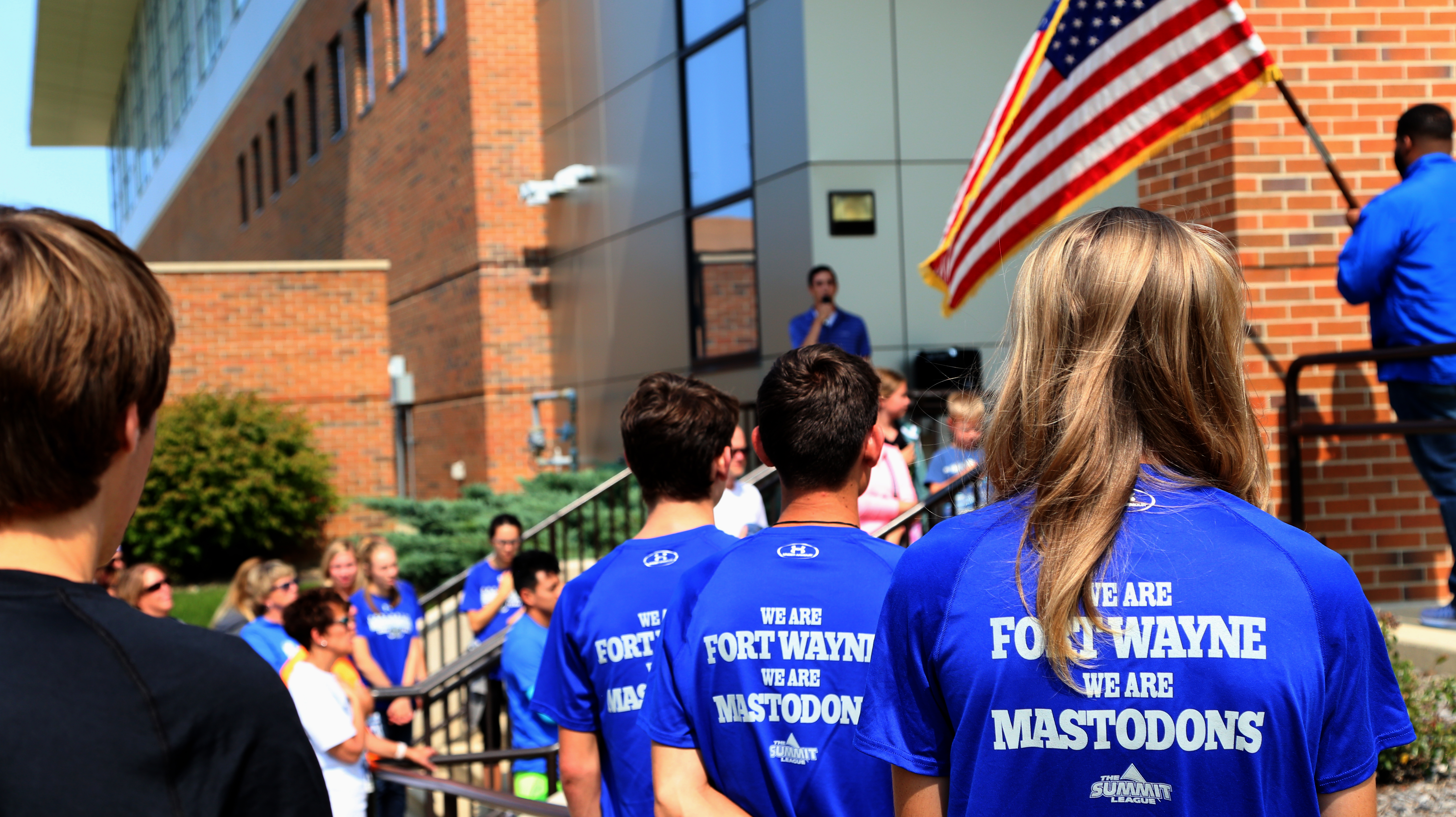
“The teams that we are competing with in the Division I world,” said Kieckhefer. “They are all fully funded in the scholarship aspect, so if we want to keep competing at the highest level nationwide, nationally, we gotta make sure that we raise money and get the best student athletes we can in this institution.”

The event started at 2:30 p.m. between Rhinehart Music Center and Gates Athletics Center with opening remarks and the national anthem. Meanwhile, final sign-ups were being processed inside the Gates Fieldhouse.
The 2017 event consisted of four separate races within the IPFW campus. In past years there were only two main events: the 5K Run/Walk and the 1-Mile Family Walk.
Lisette Pierce, a Spanish teacher at Concordia High School and wife of the Fort Wayne baseball coach, has run the 5K Run/Walk every year since the event began. This year she decided to make the extra effort, Pierce said, branding a Wonder Woman costume under a Concordia T-shirt
“I was like, what can I do? So I just kind of put a superhero team, just to, kind of, pump people up to come out and run,” Pierce said. “I invited some friends, first of all, I invited my Concordia family, so I said, ‘Let’s go all out with Concordia.’ I also wanted the best dressed team award, so ‘Let’s go with superheroes.’ So I kind of combined superheroes with Concordia.”
This year, a 100-meter Kids Dash and 400-meter Kids Stomp were added, in order to make the event open for all ages.
Unlike the 1 Mile Walk and the 5K Run, the 400m Kids Stomp is taking place in the Gates Field house, as did the Kid's 100m Dash. #HCS pic.twitter.com/h8kVjReGul
— IPFW MoJo (@ipfwmojo) September 10, 2017
The event was mainly staffed by student athletes, who manned the sign-up tables and did most of the setup and tear-down of the event. The students were also tasked with cheering on the participants of the events around the course of the races.
Lauren Hoffman, a senior majoring in psychology from Monroeville, plays volleyball for Fort Wayne Athletics. In her first time helping in the event, she said she was enthused to participate and help with the first events for children in the Mastodon Run 4 Scholarships.
Furthermore, Hoffman said she recognized the importance of the event as a way for Fort Wayne Athletics to stand on its own two feet.
“So this is kind of our way to be self-sufficient and funding ourselves and not having to worry about budget cuts in the future,” Hoffman said.
With all events concluded, attendees and staff stand by waiting for the results to be announced. #HCS pic.twitter.com/pN24yNZIvp
— IPFW MoJo (@ipfwmojo) September 10, 2017
By the end, all runners won participation medals, in addition to awards for specific categories, such as best-dressed team.
Kirsten Crow, an IPFW mom who ran the 5K with her husband and her three dogs, praised the event after the awards.

“It was beautiful, fun, everyone was very encouraging,” Crow said, “then they clapped and said good job, keep going… Nice weather, people are friendly. Definitely doing it next year.”
If you’d like to read a more detailed account of the event, click here.


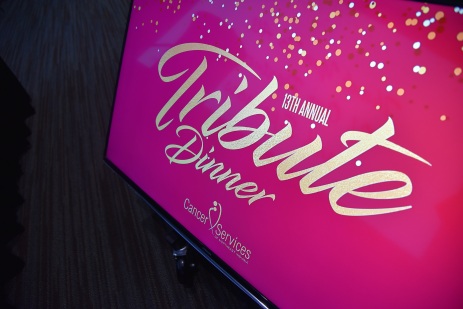








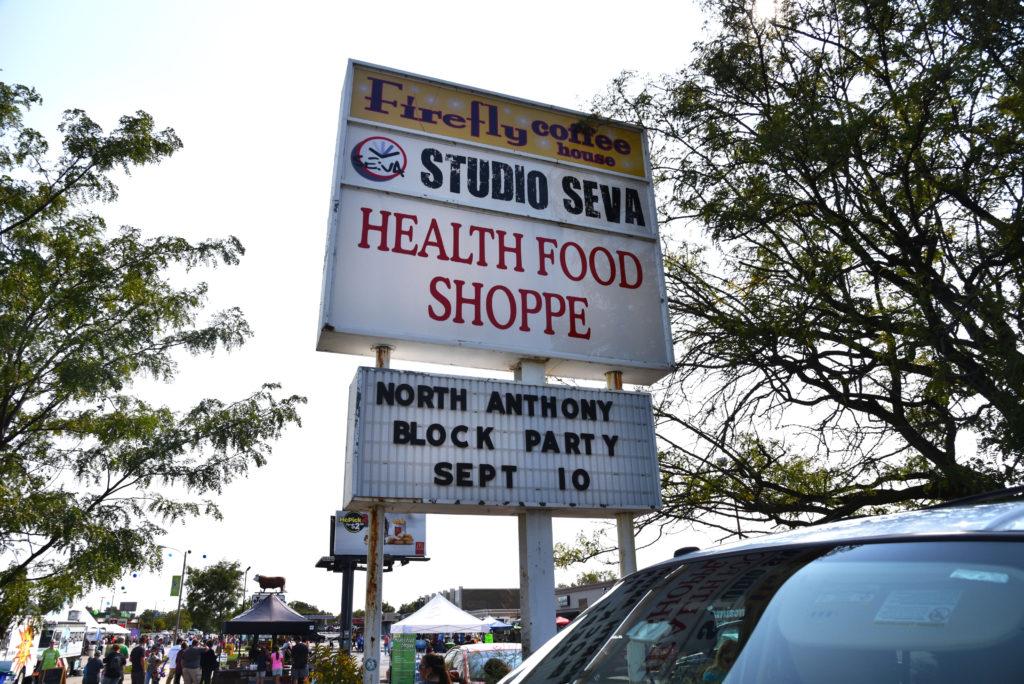
 “The development of this neighborhood over the last two years has really started,” Erin said. “The nice sm
“The development of this neighborhood over the last two years has really started,” Erin said. “The nice sm